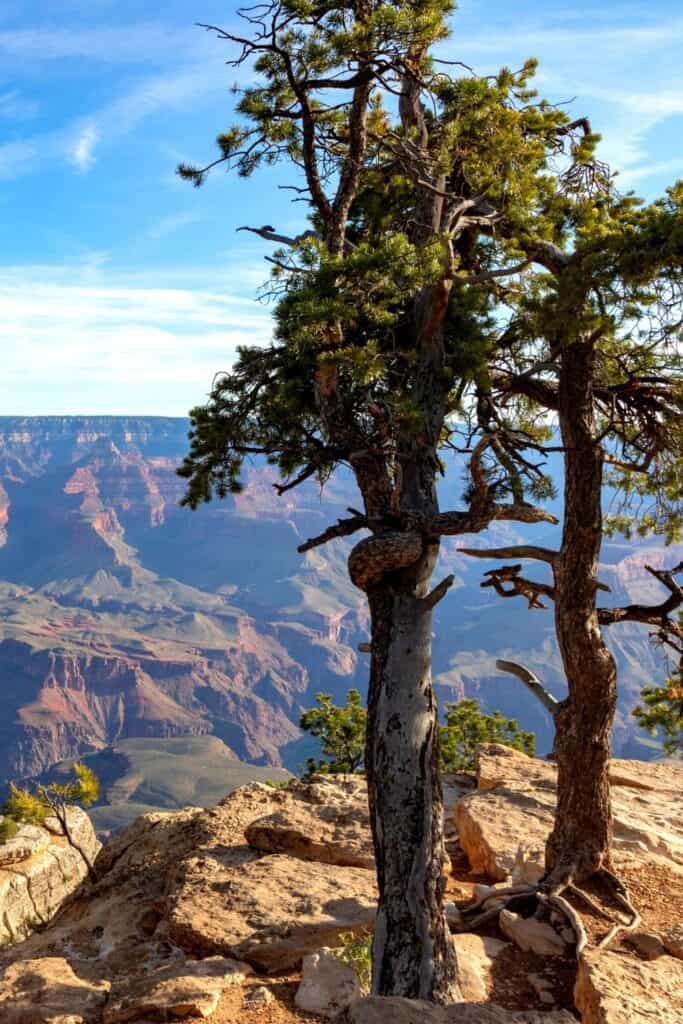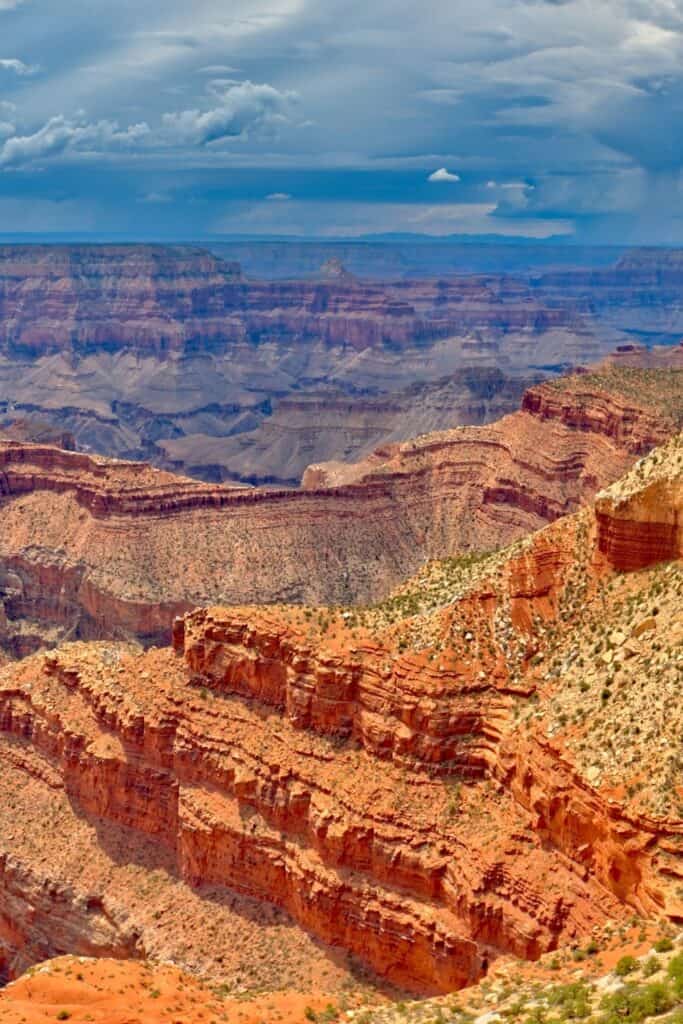The Grand Canyon Trail is an ideal place to explore the beauty of the natural world. It offers incredible scenery, but be careful: there are several dangerous situations you can face on this path. Dead snags, venomous snakes, and flash floods can occur at any time. There are many plants and animals that live in the area, including neotropical migratory songbirds and bobcats. The trail also boasts a variety of bird species, from songbirds to hawks.
The Grand Canyon Trail is a popular hiking destination for people of all ages and experience levels. Hikers should wear appropriate clothing and carry plenty of water. It is also wise to bring a snack and a lot of energy-boosting foods. The canyon is known for its high altitudes, so the hiking trails are not suitable for children. Make sure to bring enough water and energy-filled snacks. Remember to stay hydrated, as the dry air depletes the body’s electrolytes. For this reason, runners should be extra careful on the trails, since dehydration and hyponatremia can occur even at relatively low altitudes.
The Grand Canyon Trail is the most popular and difficult hiking route in the park, with a 10-mile rim-to-rim distance. Although a challenging hike, it’s worth tackling because it’s rewarding to enjoy such spectacular views. Most hikers find that the South Kaibab Trail is a great choice and can be divided into two days, starting from Bright Angel Campground on the South Rim. The hike is a great option for families and those who are looking for a family-friendly trip.
There is no water at the Grand Canyon trail, and it is often dry and windy. In fact, the Grand Canyon trail can be treacherous for young children, and a responsible adult should accompany them at all times. If hiking alone, a parent or another responsible adult should be nearby for supervision. In addition, children should be accompanied by a responsible adult. This is a designated day-use site. It opens at dawn and closes at dusk. During these hours, the trails are closed.
The Grand Canyon trail is a popular day trip. A day trip is less demanding and safer than an overnight hike. If you plan to spend the night, plan your route accordingly. The Trail of Time is 4.56 km long and is a geologic timeline, where each meter represents one million years of the Grand Canyon. You can walk the trail by stopping every tenth marker to see the rocks and learn about the formation of the area.
The trail is best suited for moderately fit adults and children. Whether you’re hiking or biking, the Grand Canyon is one of the most popular national parks in the United States. With its breathtaking scenery and diverse landscape, the Grand Canyon has something to offer everyone. Aside from being a beautiful destination, it is also one of the most popular. A day trip to the park is a great way to explore the park. It’s possible to walk or bike the canyon and take photos of the surrounding landscape.
The weather in Grand Canyon National Park can vary widely depending on the time of year and the elevation of the trail you plan to hike. Here are some general weather patterns for Grand Canyon trails:
- Summer (June to August): Summer temperatures in the Grand Canyon can be extremely hot, with temperatures often exceeding 100°F (38°C) on the canyon floor. If you plan to hike in the summer, stick to higher elevation trails, where temperatures are cooler. Thunderstorms are also common in the summer, so be prepared for sudden changes in weather.
- Fall (September to November): Fall is a popular time to hike in the Grand Canyon, as temperatures are milder and the crowds are smaller than in the summer. However, temperatures can still be warm, especially in the lower elevations of the canyon. Be prepared for occasional rain and cool nights.
- Winter (December to February): Winter in the Grand Canyon can be cold and snowy, especially at higher elevations. Trails on the North Rim may be closed due to snow, but many trails on the South Rim remain open. Be prepared for cold temperatures and icy conditions on the trails.
- Spring (March to May): Spring is another popular time to hike in the Grand Canyon, as temperatures are mild and wildflowers are in bloom. However, spring weather can be unpredictable, with occasional snowstorms and rain showers. Be prepared for changing weather conditions and carry appropriate gear for the conditions you may encounter.
Overall, it’s important to check the weather forecast before embarking on any hike in the Grand Canyon, and to be prepared for changing weather conditions. Always carry plenty of water and appropriate clothing and gear, regardless of the season.
Related posts:
If you're looking for a fun and memorable Grand Canyon rafting vacation, consider visiting Advantage Grand Canyon, a one-stop website for all your rafting vacation needs. This website offers more than a thousand trips from EVERY Grand Canyon rambling...
To visit the Grand Canyon's North Rim, you should plan your trip during the summer. This side of the park is much more remote, and only 600,000 people visit it each year. This means that you'll have less crowded surroundings and fewer people to deal ...
The Grand Canyon is one of the most iconic and breathtaking natural wonders in the world. Located in Arizona, the Grand Canyon offers stunning vistas and incredible natural beauty that draws millions of visitors each year. In this essay, we...
The West Rim of the Grand Canyon is one of the most popular destinations for visitors to the Grand Canyon. Located on the Hualapai Indian Reservation, the West Rim offers stunning views of the canyon, as well as a variety of activities and ...
Grand Canyon National Park in Arizona is home to much of America's immense Grand Canyon, with its colorful layered bands of dark red sand revealing millions of year's worth of geologic history. Outstandingly beautiful, it is one of nature's marvels a...
If you're planning a Grand Canyon trip, you have several options for hiking tours. Unlike other national parks, you can take a guided hiking tour. You can find a wide range of tours and activities, from one-hour strolls through the park to multi-day ...